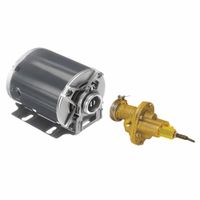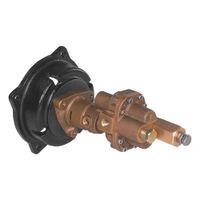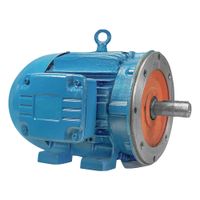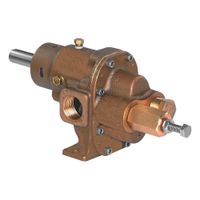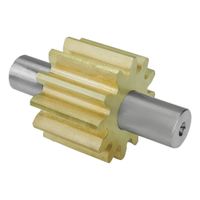Gear Pumps
Gear pumps transfer highly viscous and harsh liquids such as oils, chemicals, and solvents. They produce constant, smooth flow rates at high pressures. Gear pumps are self-priming and require an initial prime before first use to move liquids from sources below the pump. Electric-operated gear pumps .....Read More
Frequently Asked Questions
What are the advantages of using gear pumps for transferring highly viscous liquids?
How do gear pumps handle harsh chemicals and solvents?
What is the self-priming capability of gear pumps?
How do you prime a gear pump before first use?
What are the energy efficiency benefits of electric-operated gear pumps?
How do pedestal-mount gear pumps differ from other types?
What considerations are there for coupling a motor to a pedestal-mount gear pump?
What is the importance of matching the motor horsepower and frame to the gear pump head?
How do gear pumps maintain constant and smooth flow rates at high pressures?
What maintenance is required for gear pumps handling viscous and harsh liquids?
